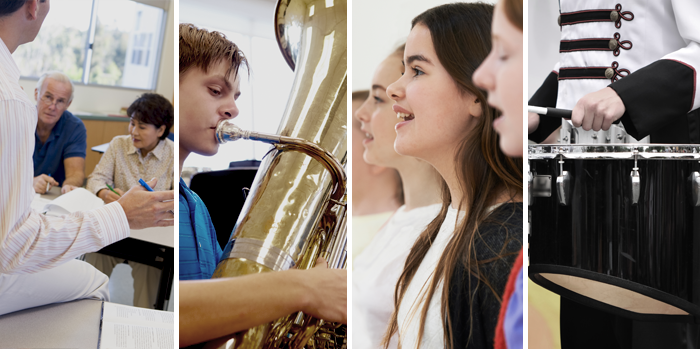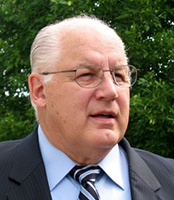
Over the last several decades, federal and state politicians have classified the arts as “core” curriculum in a variety of policy statements. Yet these policies have not been mandates, thereby leaving implementation to the discretion of the individual state and school district. Consequently, music advocacy remains a necessity for the building, saving, and restoration of music programs, and securing support from parents, teachers, administrators, and the community at large.
The most important thing an educator can do to improve music education advocacy in their district is to work to create a comprehensive music coalition. While the term “music coalition” may be new to some music educators, most schools have groups that look a bit like a music coalition. These can include booster clubs or small organizations that represent one component of the music curriculum and provide fundraising support. Turning a booster group into a full music coalition in your district can open up possibilities and give music education real political power in your community.
The most successful music coalitions:
- Have members representing every area of the music curriculum, often with children from the same family participating in different parts of the program. They can provide a great perspective to the music education curriculum as a whole, working closely with the music educators to provide advocate support for the entire music program, not just one piece.
- Represent every educational level in the school district, often with children from the same family in elementary, middle and/or high school. Including parents from the elementary and middle school levels in the coalition provides for the equipping of future leadership at the high school level.
- Have members from every school in the district, providing a broad base of advocacy and communication and providing support across the entire district, to the entire district.
- Are a single body, with subdivisions for each area of music. One body advocating for all components of the district-wide music program can better serve each subdivision, and can communicate with different schools, grade levels, and administrations.
- Have members focused on ensuring the adoption of an official district philosophy emphasizing the importance of music education for all students.
- Assist the music educator in ensuring the official adoption of a written curriculum with specific, achievable and measurable outcomes and a system of assessment to provide for monitoring of student achievement.
Music coalitions can strengthen advocacy efforts by:
- Publishing a regular music newsletter to keep the community informed of music events.
- Maintaining a music department and coalition website.
- Maintaining statistical data on student participation as a means of demonstrating program curricular and economic viability. This may include working with a Fine Arts Director at the district level.
- Representing the coalition (and music programs) at all meetings of the school board.
- Helping music educators present and suggest proposals to the school board.
- Recruiting and supporting potential board members, and hold them accountable for maintaining a comprehensive music curriculum.
I believe one of the most important characteristics in a music educator is a personal philosophy that exhibits an attitude of collaboration. This collaboration includes working with students, parents, fellow educators, and administrators to provide musical experiences that are best for each student. Working to create a music coalition is simply a formal expansion of this philosophy. Our greatest area of vulnerability can be our competitive tendencies. When the Music Coalition and the music educator work together, music programs can expand, are saved and restored.
 With over 40 years’ experience as a music educator, Dr. John Benham first became involved in saving school music programs in 1981. Since then he has worked with more than 400 school districts. He is author of the book Music Advocacy: Moving from Survival to Vision, was co-published by NAfME and Rowman & Littlefield Education, and released November 2010.
With over 40 years’ experience as a music educator, Dr. John Benham first became involved in saving school music programs in 1981. Since then he has worked with more than 400 school districts. He is author of the book Music Advocacy: Moving from Survival to Vision, was co-published by NAfME and Rowman & Littlefield Education, and released November 2010.
To date, the methods John uses to equip and mobilize community music coalitions are responsible for preventing or restoring over $74 million in reductions to music programs. The result has been the saving of over 2,000 teaching positions that provide instruction to over 500,000 students. Learn more about John and his work at http://save-music.org
NOTE: This article includes excerpts from Music Advocacy: Moving from Survival to Vision, by John L. Benham, which can be found at http://www.save-music.org